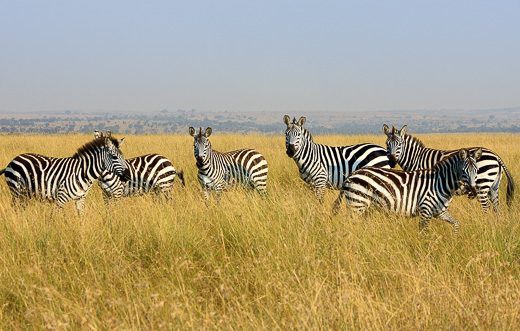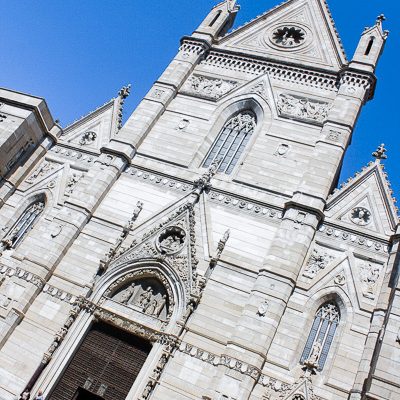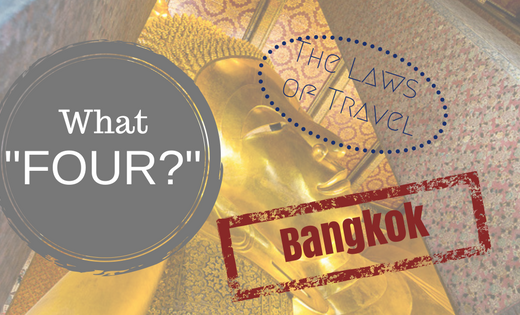When we added Sarajevo to our Balkan itinerary, it was because we thought it would be interesting to see where WWI started and experience a city that we were only familiar with from the coverage of the Bosnian War while growing up. We didn’t expect to fall in love with a city where East and West collide. A city where a view in any direction reveals minarets and cathedrals and where the smell of grilled meat and coffee mingle with the sounds of feet on cobblestone streets, church bells, and the call to prayer. We were captivated and our few short hours there left us longing for more.
While we didn’t get even close to enough time in this incredible city – there were a handful of things that stood out to us during our time there.
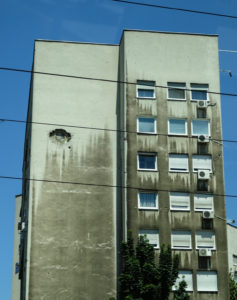
Evidence of the Bosnian War.
History of Sarajevo
Driving into Sarajevo brought back memories of the television coverage of the Bosnian War that we saw when we were young. Many of the buildings still have bullet holes in their facades, and some lots remain full of rubble from where buildings once stood. It was the first place in the world we have been where there was such obvious damage from recent conflict. Our guide, a twenty-something Bosnian man, told us that the debris was left purposefully. They don’t want to forget what happened just two decades ago.
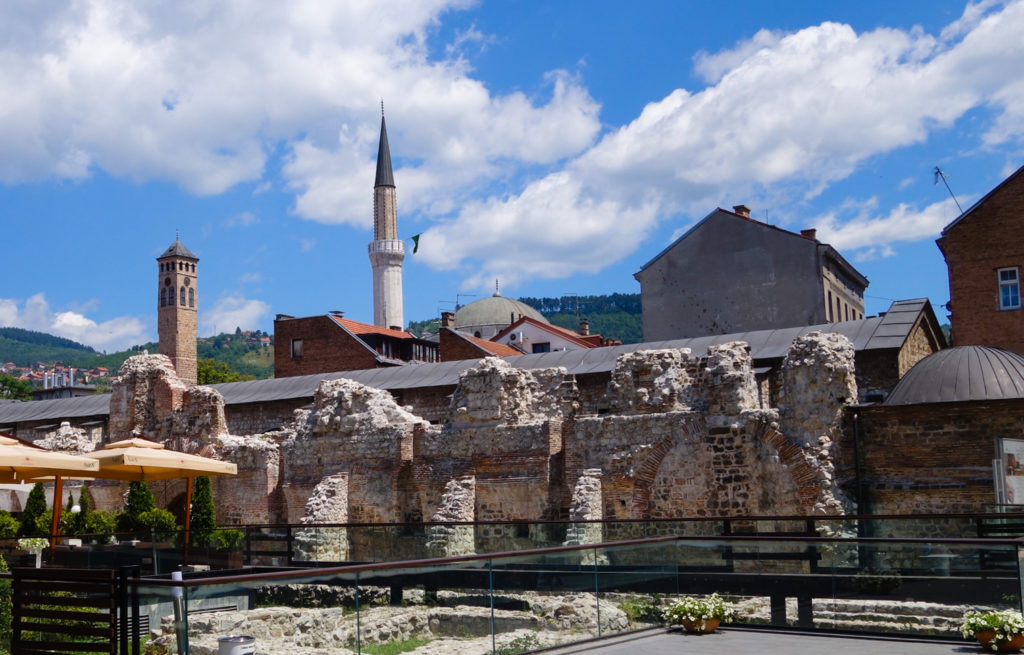
A minaret and cathedral bell tower; a small sample of the religious diversity that Sarajevo has to offer.
Religion in Sarajevo
While walking down nearly any street in Sarajevo it’s easy to pass a temple, a Catholic church, a mosque, and a Serbian Orthodox Church – they’re almost stacked on top of one another. During our tour, we heard church bells followed by the call to prayer and watched Bosnians in Kippahs greet Bosnians in hijab. In today’s political climate, it was refreshing to experience a city that seemingly got along so well.
But it shouldn’t have been such a shock. Just a century ago, Sarajevo was nicknamed the “Jerusalem of Europe” with its population a melting pot of religions including 50% Muslim, 25% Roman Catholic, 15% Serbian Orthodox, and 10% Sephardi Jew. This blend of religions left an indelible mark on the city, creating the avenues we wandered down, where churches, mosques, and temples mingle and allow their parishioners to do the same.
Unfortunately, the last 100 years has consisted of both external conflicts (WWI, WWII) and internal conflicts (the Bosnian War) that fractured the tolerance the city was known for. As with all conflicts, people turn inward and retract into their comfort zones. Friends become acquaintances, and neighbors become strangers. The diversity that at one point was praised now raises red flags and increases the risk profile. The most recent survey available, based on a 2002 census, showed the Muslim contingent has increased to nearly 80% of the population in Sarajevo.
However, our guide was hopeful for his home city. While not dismissing the past and the current struggles, he highlighted a brighter future, noting that very few young people carry an ill-will from the Bosnian conflict. He, along with many of his friends, left Sarajevo to attend college or find work in other countries, but were drawn back in the hopes that they could plant and grow the seeds of change in the country they love.
Politics in Sarajevo
There is no denying that the government in Bosnia and Herzegovina is complicated, but we also found it quite fascinating, albeit we might not find it so interesting as citizens.
The Dayton Accords, the peace agreement that ultimately ended the Bosnian War, also established the current government in Bosnia and Herzegovina. While it is extremely complicated – the part we found most interesting was that there are three presidents – a tripartite presidency – made up of one Bosniak, one Serb, and one Croat. The trio then rotates a chairman position, essentially the top president, every eight months during their four-year term. Our guide shared his frustration that all three presidents have to agree in order to get things done, which, according to him, doesn’t happen very often.
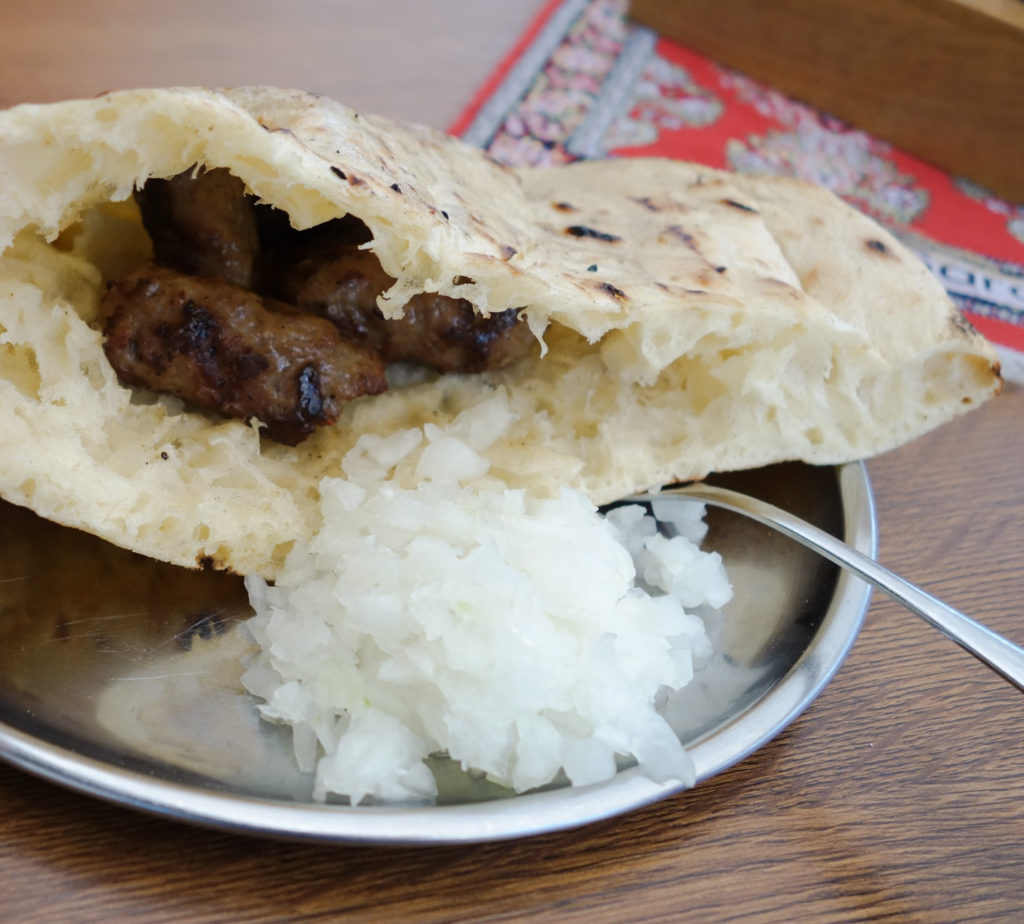
Heaven, aka ćevapčići
Sarajevo Cuisine
When you go to Sarajevo, you only need to know one word: ćevapčići. We still have dreams about this incredible dish months later. Seasoned ground meat, usually beef and lamb, shaped into small sausage-like logs are then grilled and served in a bread similar to a pita with minced raw onions. The only flaw in this national dish is that it is served in two sizes five pieces for women or 10 pieces for men.
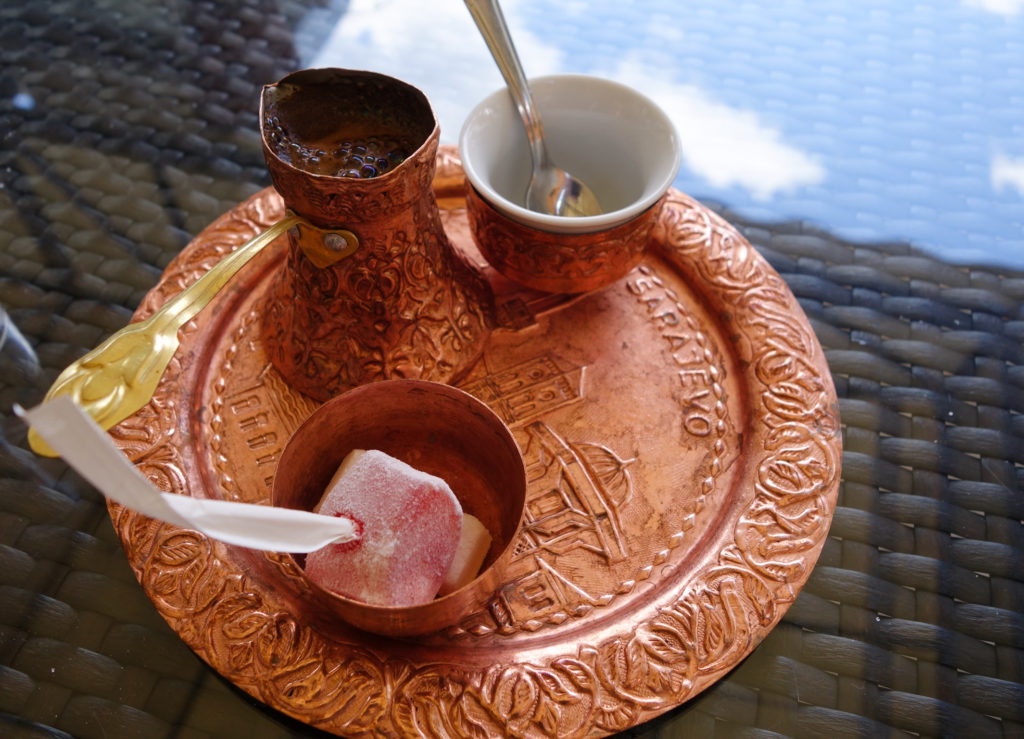
Bosnian Coffee and a Turkish Delight.
We also had enough time to try some Bosnian coffee. Apparently similar to Turkish coffee, although we’ve not been able to make the comparison ourselves, Bosnian coffee is strong and comes served in a džezva often made of copper. While we didn’t have the hours to sit and sip coffee that is typical for locals, we still really enjoyed the experience.
We would be remiss if we didn’t also talk about the people of Sarajevo. They were incredibly warm and happy to help us when we asked. Our tour guide was very knowledgeable, and although he acknowledged that his country wasn’t perfect, he made it clear that he chose to live there because of his belief that it would get better.
If you are in the Balkans and looking for a great tour – this is the one that we used.

